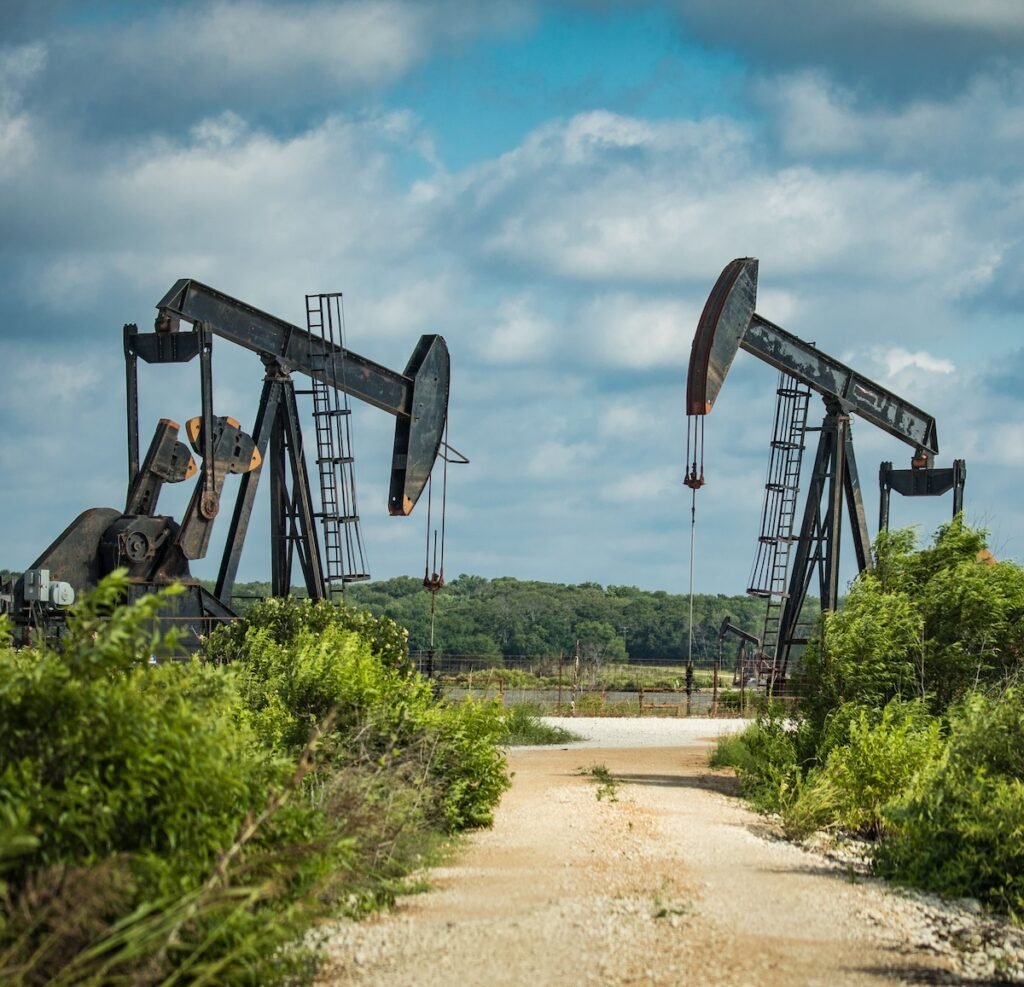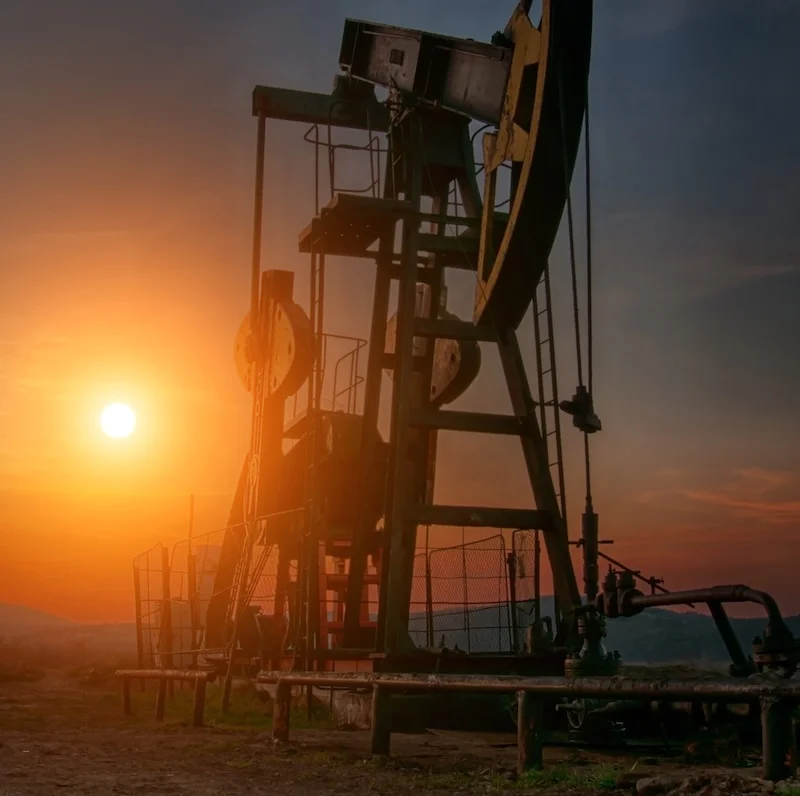The oil and gas industry is a critical part of the global economy—and it’s facing a crisis: mounting environmental challenges from abandoned and inactive wells (also known as orphan wells) threaten to change the planet as we know it.
They leak a greenhouse gas that is 25 times more potent than carbon dioxide—methane. Orphan wells are often left unplugged or, at best, poorly maintained, allowing methane to seep into the ground and up into the air. This poses risks to groundwater, soil, and atmospheric conditions, respectively.
Orphan well emissions have the potential to contribute significantly to climate change, yet, traditional measurement technologies are always falling short of the demand. Providing auditable data for regulatory and carbon credit purposes remains a constant struggle in the industry; this is why we invented VentMEDIC.
We’re changing the future of orphan well emissions monitoring—here’s how.
Orphan Wells: A Growing Problem
Orphan wells are one of those problems that the oil and gas sector would rather not talk about. But the issue continues to escalate and is getting harder and harder to ignore. In Canada, studies estimate that 32% of Alberta’s orphan wells are culprits of subsurface leaking by way of their surface casing vents (SCVs). This figure is significantly higher than those previously reported (6-11%). It’s these kinds of errors that are indicative of an industry too long impoverished of reliable measurement methods. The same study noted that across Canada, orphan well emissions are estimated at 85-93 kilotonnes per year, with SCVs accounting for 75-82% of that total. This is significantly higher than previous national inventory estimates.
Current Limitations
The measurement technologies in use today are simply not accurate. For one, they are not sensitive enough for the task at hand. Most tools cannot accurately detect methane emissions below 30 cubic meters per day, resulting in coarse and highly variable data. Remedial costs are, consequently, impossible to predict—ranging anywhere from $20,000 to $2 million per well.
Does this seem like an appropriate level of analysis and scrutiny?
This level of inaccuracy also undermines compliance with environmental regulations. We often hear about the importance of adhering to such regulations, and sit back assuming everyone is being held to account. But how could that be so? When on the ground operators and regulators are being left guessing at what the numbers actually are.
To add insult to injury, there is an ever increasing number of leaky wells driven simply by deteriorating infrastructure; something the industry grapples with as a whole.
Environmental & Economic Risks
Bottom line: orphan well emissions carry with them major environmental and economic concerns.
Environmental
● Groundwater contamination; well leaks can pollute groundwater
● Impact on climate change; almost 3⁄4 of orphan wells leak methane
● Unreliable emission data; low-level leaks remain undetected/underreported
Economic
● Lost carbon credits; inaccurate data results in lost revenue from emissions reduction programs
● Regulatory/ESG non-compliance; weak reporting can lead to reputational damage and loss of industry trust
● High compliance costs; Alberta alone represents a $350 million market for regulatory emissions compliance testing
VentMEDIC has the ability to bridge these gaps. Harbouring environmental stewardship and economic opportunity.
VentMEDIC: The Future of Emissions Monitoring
VentMEDIC is a revolutionary emissions monitoring solution positioned to transform the oil and gas industry with its patented, precise, and scalable technology. Cutting-edge digital Measurement, Reporting, and Verification (dMRV) equipment that thrives where our competitors consistently fail.
Key Features
● Ultra-Low Flow Measurement: Achieves ±0.5% accuracy across a wide range of emission sources, capturing even the smallest leaks with precision. Critical for detecting low-level emissions that other tools simply miss.
● NIST-Traceable Standards: Ensures data integrity with an adherence to the National Institute of Standards and Technology (NIST) protocols. This makes measurements auditable for regulatory compliance and carbon credit verification.
● Temperature Tolerance: Capable of operating in temperatures as cold as -40°C and as hot as +60°C.
● Autonomous Operation: Remote monitoring and real-time data access reduces logistical costs. Operators can access test procedures and results instantly to reduce wait times and streamline decision-making.
● Carbon Credit Opportunities: Facilitates access to carbon offsets by providing verified emissions data, allowing operators to monetize reductions and enhance ESG credibility.
By providing detailed, component-level data on SCV flows and total gas mass, VentMEDIC allows operators to pinpoint the source of a leak, assess its severity, and implement a targeted mitigation strategy. Consolidated efforts and processes that lead to faster, more productive and informative decisions.
Ready to Learn More?
As global pressure to address methane emissions intensifies, the oil and gas industry must adopt innovative solutions to meet regulatory, environmental, and economic goals…
VentMEDIC is leading the way by filling a critical gap in emissions monitoring. Its proven technology, validated through rigorous field testing, delivers accurate, auditable, and actionable data that empowers operators to mitigate environmental impact and comply with mounting regulatory measures. Contact us today to learn how we can work together.


